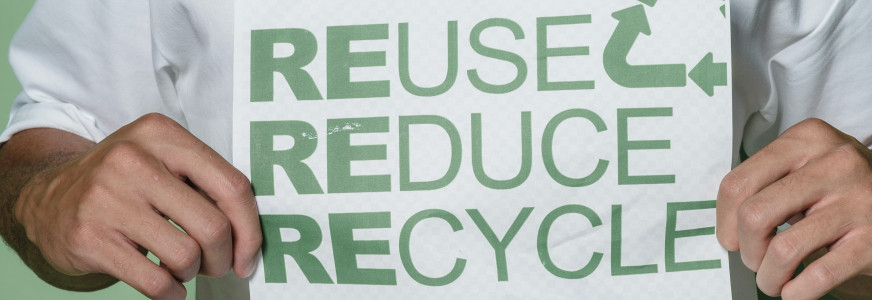Nieuwsbrief Business Development december 2021
- De consument vond de kledingwinkels ook in oktober weer
- E-Fulfilment: het gat tussen online en winkel wordt steeds kleiner
- Netherlands to send trade mission to Bangladesh next year: Dutch minister
- What is the demand for apparel on the European market?
- What trends offer opportunities or pose threats in the European apparel market?
- Webinar: How to adapt to the fast changing apparel market – 10/12/21
- Webinar: EU home decoration and home textiles channels and segments
- Virtual Fashion Is Big News. Can It Be Big Business?
- The Opportunity in Digital Fashion and Avatars Report
- You thought the pandemic killed fast fashion? Not even close
- Why Fashion is Taking Digital Product Development Off the Back Burner
De consument vond de kledingwinkels ook in oktober weer
Oktober was een goede maand voor kledingwinkels en winkels in schoenen en lederwaren blijkt uit cijfers van het CBS. Er werden enorme groeipercentages behaald, namelijk ruim 46 procent in waarde voor de kledingwinkels en 35 procent voor de winkels in schoenen en lederwaren, vergeleken met de slechte maand oktober 2020. Dankzij de groei steeg de omzet ook uit boven het niveau van oktober 2019. Lees meer>>
E-Fulfilment: het gat tussen online en winkel wordt steeds kleiner
Amazon liet het derde kwartaal teleurstellende cijfers zien over fulfilment. De kosten stegen opnieuw, naar nu bijna 31% van de online omzet. Jaar na jaar stijgen die kosten met een procentpunt ondanks meer omzet. Schaalgrootte levert onder aan de streep geen lagere kosten op bij Amazon, schrijft Twinkle magazine. Lees meer>>
Netherlands to send trade mission to Bangladesh next year: Dutch minister
The Netherlands will send a trade mission to Bangladesh in early 2022 to increase cooperation and trade relations in the agricultural sector. Dutch Minister for Foreign Affairs Tom de Bruijn said this when Agriculture Minister Muhammad Abdur Razzaque met him. Read more>>
What is the demand for apparel on the European market?
Europe is a strong apparel market with continuous growth, and is home to some of the world’s biggest and most renowned apparel companies. Europe’s apparel import market was valued at €127.4 billion in 2020, down from 146.9 billion in 2019. Read more>>
What trends offer opportunities or pose threats in the European apparel market?
The European apparel market is affected by multiple trends. The main trend is sustainability, connected with corporate social responsibility and transparency. The second major trend is the influence of technology on production processes, sales, and the relationships between buyers, suppliers. Read more>>
Webinar: How to adapt to the fast changing apparel market – 10/12/21
The European apparel market faces many challenges and is changing fast. How can you adapt to developments such as COVID-19 lockdowns, The increase in online shopping, Increasing legal requirements for sustainable production, The digitalisation of supply and demand, Price pressure, Increasing shipping costs and The demand for smaller orders and faster delivery? Read more>>
Webinar: EU home decoration and home textiles channels and segments - 16/12/21
This webinar focuses on the channels and segments of the European Home Decoration and Home Textiles (HDHT) sector.
During this webinar, we will talk about the channels available when you try to enter the market. We will also discuss the segments (low, mid and high-end) in the European HDHT market and their main characteristics. Read more>>
Virtual Fashion Is Big News. Can It Be Big Business?
On Monday, London’s fashion set will descend on the grand Royal Albert Hall for this year’s Fashion Awards, a linchpin of the city’s fashion calendar returning as an in-person event for the first time since the pandemic.This year, those who didn’t get an invite can attend in the virtual world.It’s the latest sign of fashion’s rapid embrace of cyberspace. At the ceremony, Gucci creative director Alessandro Michele is set to receive the Trailblazer Award, in part for Gucci’s forays in the digital realm.Last week, Nike launched Nikeland, its vision for a virtual world on gaming platform Roblox, where users can speed around a track, play tag on trampolines and of course pick up some digital Nike products, writes Business f Fashion. Read more (you may need a login to read the complete article).
The Opportunity in Digital Fashion and Avatars Report
Read the latest BoF Insights report to get BoF’s perspective on the rise of the metaverse and the future of digital assets, plus a playbook for how to develop a data-driven strategy.The Opportunity in Digital Fashion and Avatars. BoF.
Last week, Facebook announced its rebranding to Meta and committed billions of dollars to building the metaverse, an immersive future state of the internet that would be a natural environment for digital assets like digital fashion or avatars. In the past two months, leading fashion and gaming companies like Balenciaga and Fortnite and Vans and Roblox have announced collaborations that span digital fashion collections and physical activations. And throughout 2021, sales of non-fungible tokens (NFTs) dramatically rose to $10.7 billion in the third quarter from $1.3 billion in the second quarter. Read more (you may need a login to read the complete article).
You thought the pandemic killed fast fashion? Not even close
Chinese fast fashion companies have sprung up, copying the models of brands like H&M and Zara—and growing even faster.By now, it’s clear that the fast fashion business model of creating cheap, disposable clothing is terrible for the planet. A few years ago it seemed like consumers might turning against brands like H&M and Zara, as their sales waned and stock prices went down. But the truth is that fast fashion is far from dying. In fact, new giants are rising.Chinese e-commerce brand Shein launched in 2008, mimicking European fast fashion brands’ approach of churning out of-the-moment styles at rock bottom prices, reports Fastcompany. Read more>>
Why Fashion is Taking Digital Product Development Off the Back Burner
Bad product decisions have always been costly—either leading to overstocks and markdowns or understocks and missed sales opportunities—but the pandemic has pointed out the need for more connected, agile development to avoid inventory misses. Slowed sales during lockdowns were followed by an uptick in demand, and this rapid decline and recovery tested brands’ responsiveness and consumer centricity. At the same time, companies had to quickly move to remote workflows to maintain momentum.Before Covid-19 threw a wrench in normal product development processes, it was easier for companies to prioritize consumer-facing upgrades and postpone backend digital transformation, writes Sourcing Journal. Read more (you may need a login to read the complete article).

